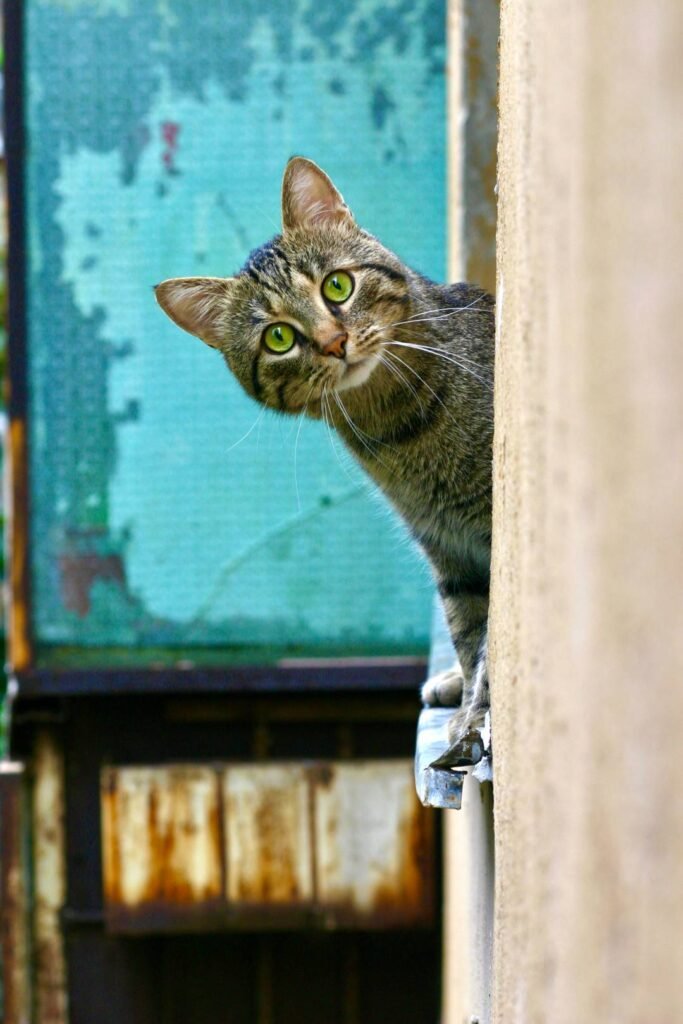Why Does My Cat Hate Being Held? Understanding Feline Behavior and Finding Solutions

Why Does My Cat Hate Being Held? Understanding Feline Behavior and Finding Solutions
As cat owners, we often find ourselves wondering why our beloved feline friends seem to despise being held. It’s a common concern among cat lovers, and understanding the reasons behind this behavior can help us build a stronger bond with our furry companions. In this article, we will delve into the world of feline behavior, exploring the possible causes for cats’ aversion to being held and providing practical solutions to make your cat more comfortable.

Understanding Feline Independence:
Cats are known for their independent nature, which sets them apart from their canine counterparts. Unlike dogs, cats have not been domesticated as long, and their instincts and behaviors still reflect their wild ancestry. In the wild, cats rely on their agility and quick reflexes to hunt and defend themselves. Being picked up or restrained can trigger a sense of vulnerability, making them feel anxious or threatened.
Sensitivity to Touch:
One of the primary reasons why cats may dislike being held is their heightened sensitivity to touch. Cats have more sensory receptors in their skin than humans do, which means they perceive touch more intensely. What might feel like a gentle hug to us could be overwhelming or even painful for a cat. Understanding and respecting their sensitivity is crucial for maintaining a harmonious relationship.
Negative Associations:
Another factor that may contribute to a cat’s aversion to being held is negative associations. If a cat has experienced discomfort or pain while being held in the past, they may associate the act with those negative experiences. For example, if a cat has been mishandled or accidentally dropped, they might become fearful or defensive when picked up again. It’s essential to approach handling with care and create positive associations to help them overcome their apprehension.
Respecting Personal Space:
Cats are territorial animals and highly value their personal space. They have a keen sense of boundaries and appreciate having control over their environment. When we pick up a cat without warning or invade their personal space without invitation, it can trigger a defensive response. Respecting their personal boundaries and allowing them to approach us on their terms is key to fostering a sense of trust and comfort.
Body Language and Communication:
Cats communicate primarily through body language, and understanding their subtle cues can help us gauge their comfort level. Some signs that a cat may not enjoy being held include flattened ears, dilated pupils, a tense body posture, and attempts to escape or struggle. Conversely, if a cat leans into your touch, purrs, or rubs against you, they are likely enjoying the interaction. Paying attention to these signals can help us determine when our feline friends are open to being held.
Building Positive Associations:
If your cat currently dislikes being held, there are steps you can take to change their perception and help them feel more at ease. The key is to build positive associations with being held through patience and gradual exposure. Start by offering treats, praise, or gentle strokes while your cat is near you but not being held. Over time, you can gradually introduce short holding sessions, ensuring that they feel safe and comfortable throughout the process.
Creating Safe Spaces:

Providing your cat with dedicated safe spaces can also alleviate their aversion to being held. Cats feel most secure when they have areas they can retreat to when they need solitude or relaxation. Create cozy hiding spots, such as cat trees, shelves, or enclosed beds, where your cat can retreat and have their own space. Having these options available can reduce their stress levels and increase their overall tolerance for handling.
Seeking Professional Advice:
If your efforts to help your cat feel more comfortable with being held are not yielding positive results, it may be beneficial to consult with a veterinarian or a professional animal behaviorist.